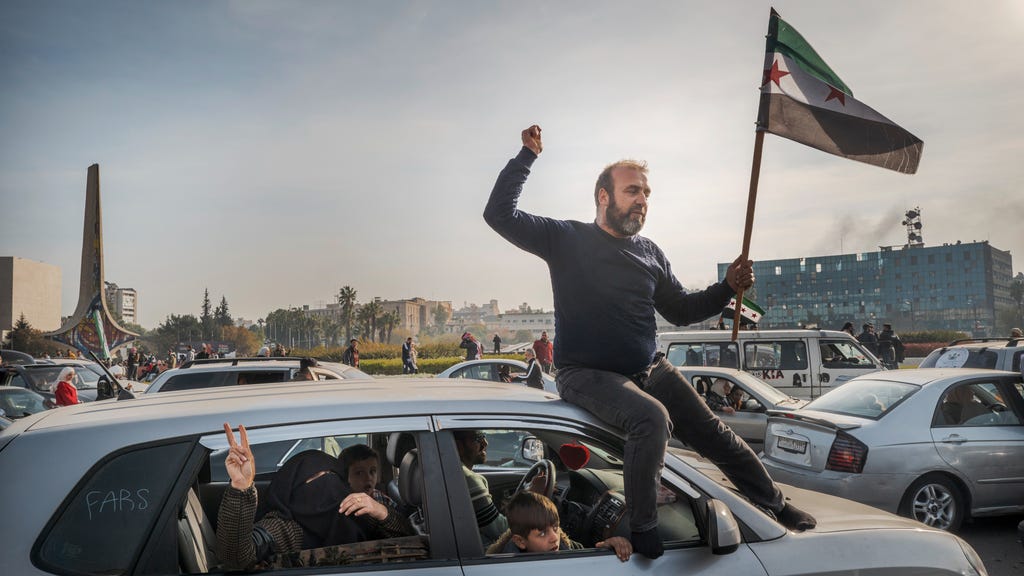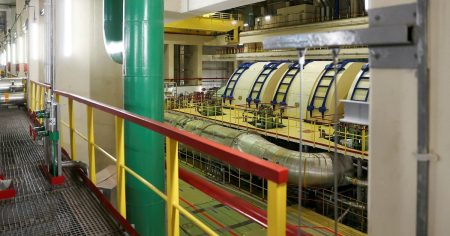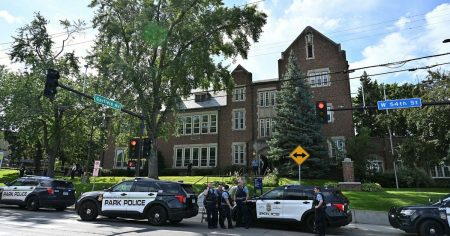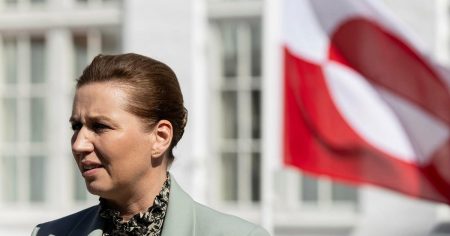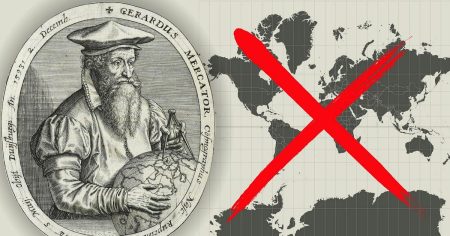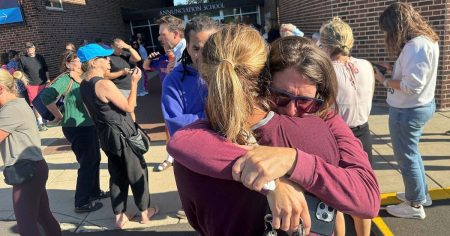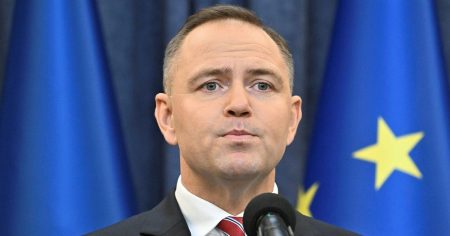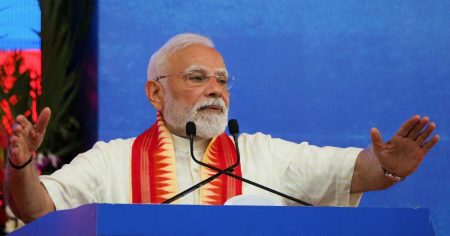The scene at the Lebanese-Syrian border is a stark depiction of contrasting movements. While the flow into Syria has dwindled, the exodus out of the country has surged. The road leading out of Syria is choked with vehicles and people, many seemingly camped out after a long wait. A palpable sense of despair hangs in the air, captured by the words of a young woman who expresses her profound distress over the unfolding events. The border crossing itself marks a shift – mobile connectivity vanishes upon entering Syria. The once ubiquitous image of Bashar al-Assad is now defaced, his portraits riddled with bullet holes. Rebel fighters, armed with automatic weapons, casually occupy the area around a looted duty-free shop.
The landscape reflects the dramatic shift in power. A burning bust of Hafez al-Assad, the former dictator and father of Bashar al-Assad, lies near a deserted checkpoint, symbolizing the downfall of the previous regime. Abandoned checkpoints litter the road to Damascus, but the presence of the new controlling force, the rebels, is undeniable. Young men, identifiable by their red and white keffiyehs and openly carried weapons, are everywhere. Some proudly display the emblems of their affiliated groups, such as the Islamic State, on their camouflage attire. While some, like a young man bearing the Islamic State logo, shy away from interviews, others offer glimpses into their experiences and perspectives.
Adnan Abbas, a member of the HTS rebel group, shares a poignant story of reuniting with his parents after a decade of separation. His joy is palpable, his brief smile reaching his eyes as he recounts the emotional reunion. When asked about the future of Syria, Abbas expresses optimistic hope, drawing parallels to Idlib, a region under HTS control, which he describes as having food, fuel, and happy people. He asserts that only those who committed crimes under the Assad regime need fear retribution, promising justice and imprisonment for such individuals. This response aligns with the rhetoric of HTS leader Abu Mohammed al-Jawlani, whom Abbas considers a hero.
The grand presidential palace in Damascus, formerly the residence of Bashar al-Assad and his family, now stands empty, its gates closed. Groups of people gather outside, observing the once-powerful symbol of the regime, some taking selfies. Nearby, the city’s main square teems with people celebrating the regime’s downfall. The air crackles with the sound of celebratory gunfire, the ground littered with spent cartridges. A toppled and defaced statue lies discarded, military attire strewn across the grass, and a single boot serves as a poignant reminder of the departed soldiers.
The atmosphere is charged with a mixture of jubilation and uncertainty. People dance on abandoned tanks, the air thick with gunpowder smoke. A man, overcome with emotion, proclaims his freedom and denounces Iran, a key ally of the Assad regime. The scene is one of chaotic celebration, marking the end of an era. Amidst the revelry, Nihad, a retired journalist and guide, reflects on the swift and relatively bloodless takeover of Damascus by the rebels, speculating on a possible agreement between the rebels and Russia to ensure the safe passage of Assad and protect Russian military bases.
Despite the widespread rejoicing, Nihad maintains his earlier sentiment, describing the situation as ”doomsday.” While acknowledging the genuine happiness of the Syrian people at the regime’s fall, he remains apprehensive about the future. This underlying anxiety underscores the complex and uncertain transition facing Syria as it emerges from decades of authoritarian rule, leaving its citizens to grapple with the aftermath and the daunting task of rebuilding their nation. The contrast between the jubilant scenes in Damascus and Nihad’s sobering words encapsulates the precarious balance between hope and apprehension that characterizes this pivotal moment in Syrian history.





